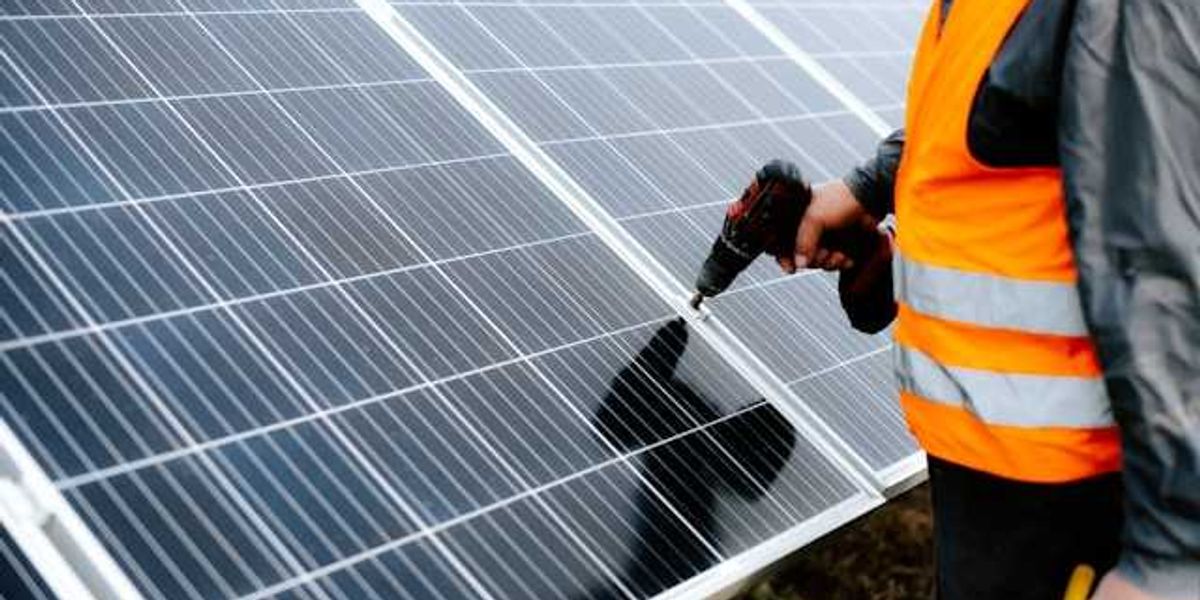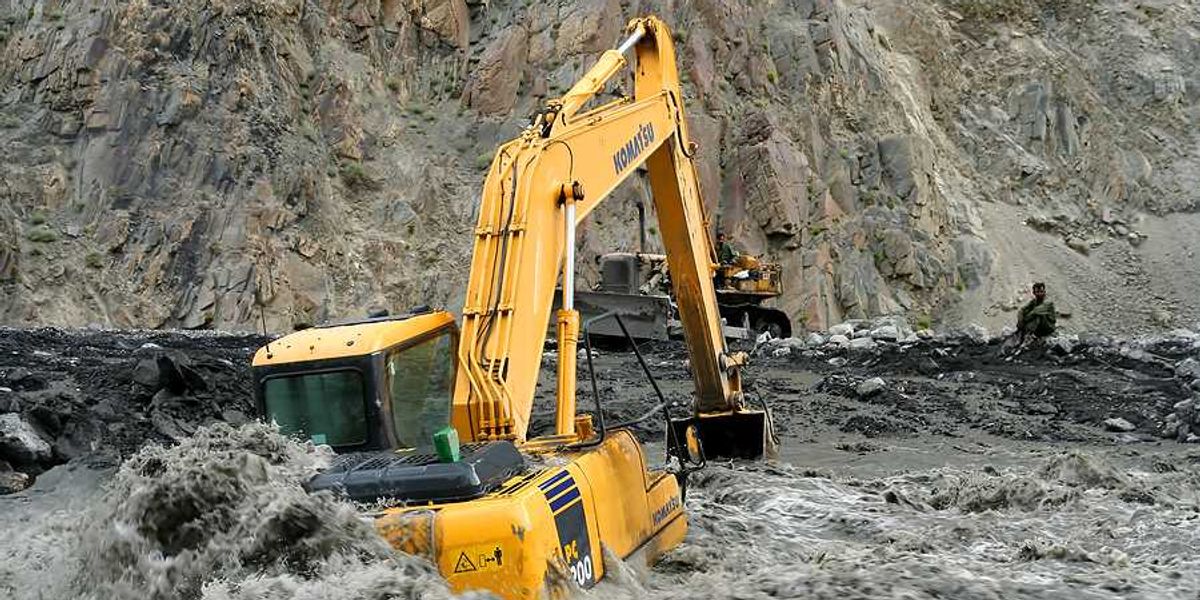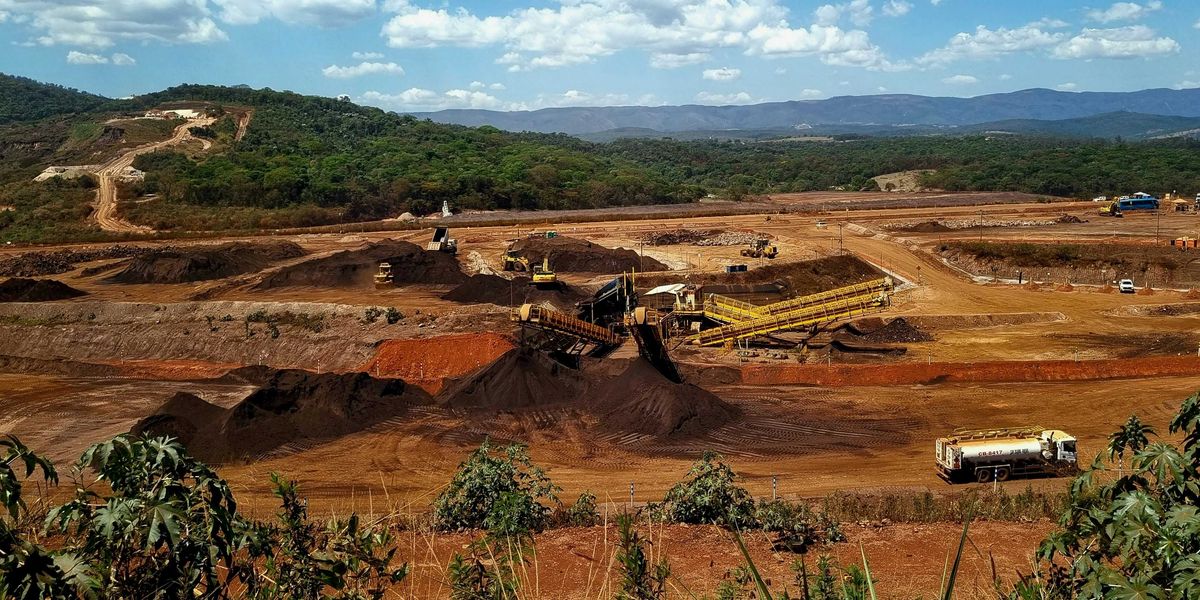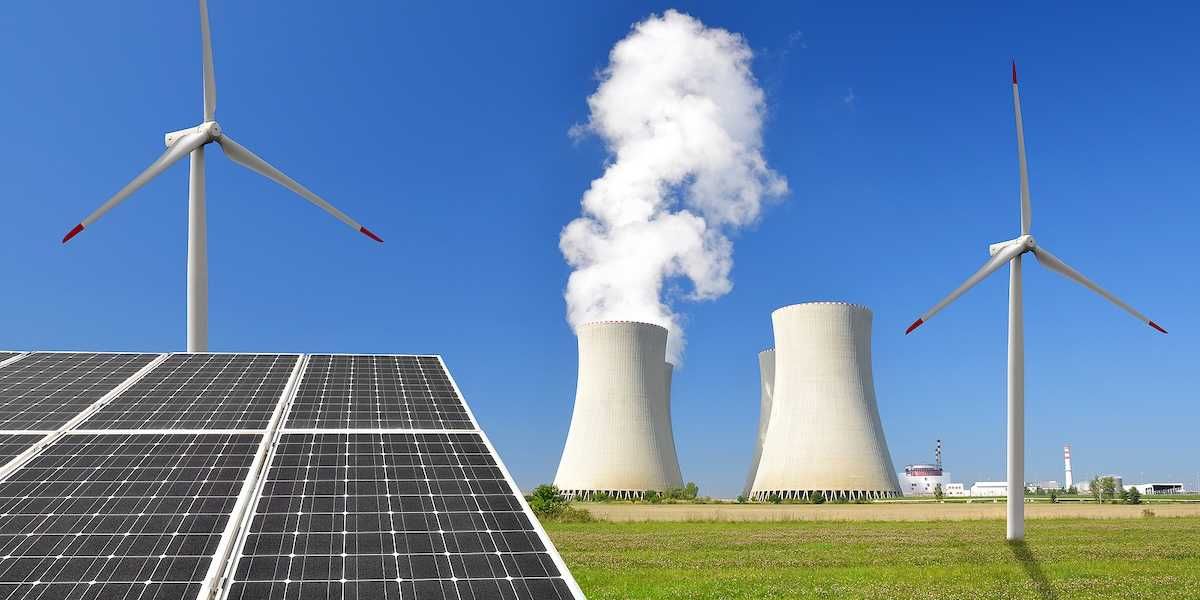Farm groups meet to examine role of agriculture in building climate resiliency.
The idea of climate adaptation is taking hold in traditionally conservative farm organizations.
Here's a worthy read from Nebraska Rural Radio Association about how climate adaptation is coming to agriculture - and ways farm organizations are beginning to talk about the evolution of climate-smart agriculture and the need to ensure the U.S. remains at the table as the United Nations develops an agricultural framework for climate change.
Stephanie Ewing, an associate professor of soil biogeochemistry and pedology at Montana State University, pointed this out (full disclosure: She's also my wife), noting with some interest that the idea of climate resiliency is taking hold in traditionally conservative farm organizations.
More than 30 farm organizations met in Washington, D.C. at an event hosted by the American Farm Bureau Federation. Key quote in the piece came from Ernie Shea, president of the group Solutions from the Land and a meeting organizer:
"The world is growing.... There are going to be 10 billion people and they have to eat. Agriculture has to grow, but it also has to be sustainable."
Indeed: We published a commentary just this week, by Frances Moore Lappé, reflecting on the dead end path of industrial agriculture:
Farming for a small planet
Industrial agriculture is a dead end. Agroecology is the only way to ensure that all people have access to sufficient, healthful food. Read more...
Go to the source:
Read the Nebraska Rural Radio Association piece on climate-resilient agriculture here.













